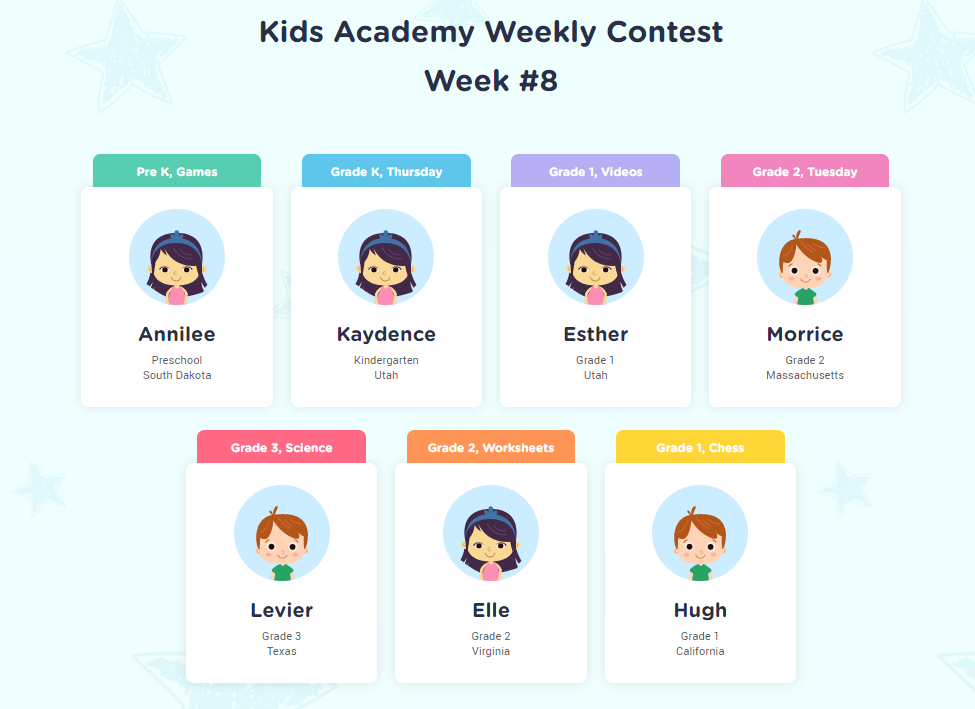Alphabet Recognition Normal Worksheets for Ages 6-9
42 filtered results
-
From - To
Enhance alphabet mastery in young learners with our Alphabet Recognition Normal Worksheets designed for ages 6-9. Packed with engaging exercises, these worksheets simplify letter learning through fun activities such as letter matching, tracing, and identifying letters in various contexts. Created by educational experts, our resources aim to reinforce foundational language skills, stimulate cognitive development, and boost confidence in early readers. Perfect for classroom use or at-home practice, these worksheets offer diverse, age-appropriate challenges that cater to different learning styles. Help children build a solid alphabet foundation as they embark on their reading journey with our high-quality printables.
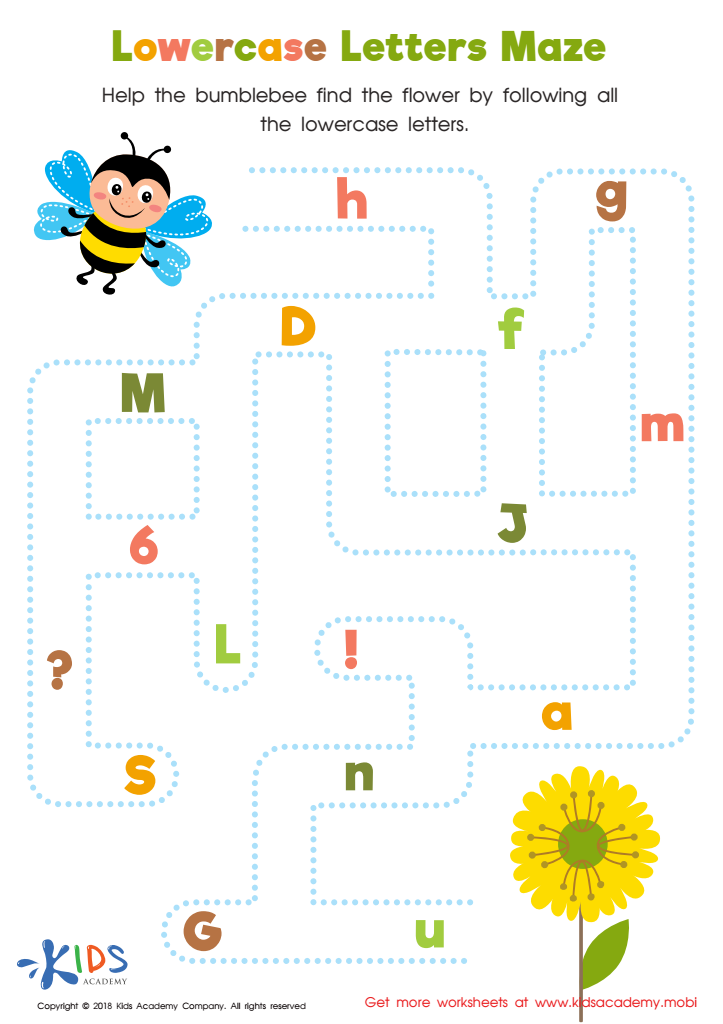

Lowercase Letters Maze Worksheet
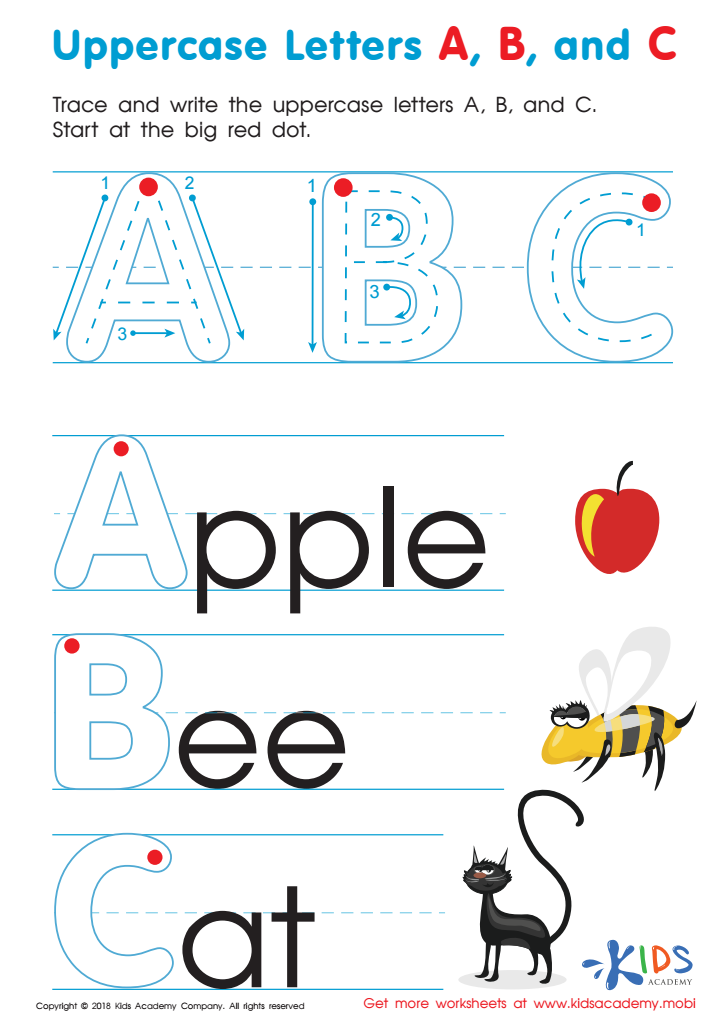

Uppercase Letters A, B, and C Worksheet
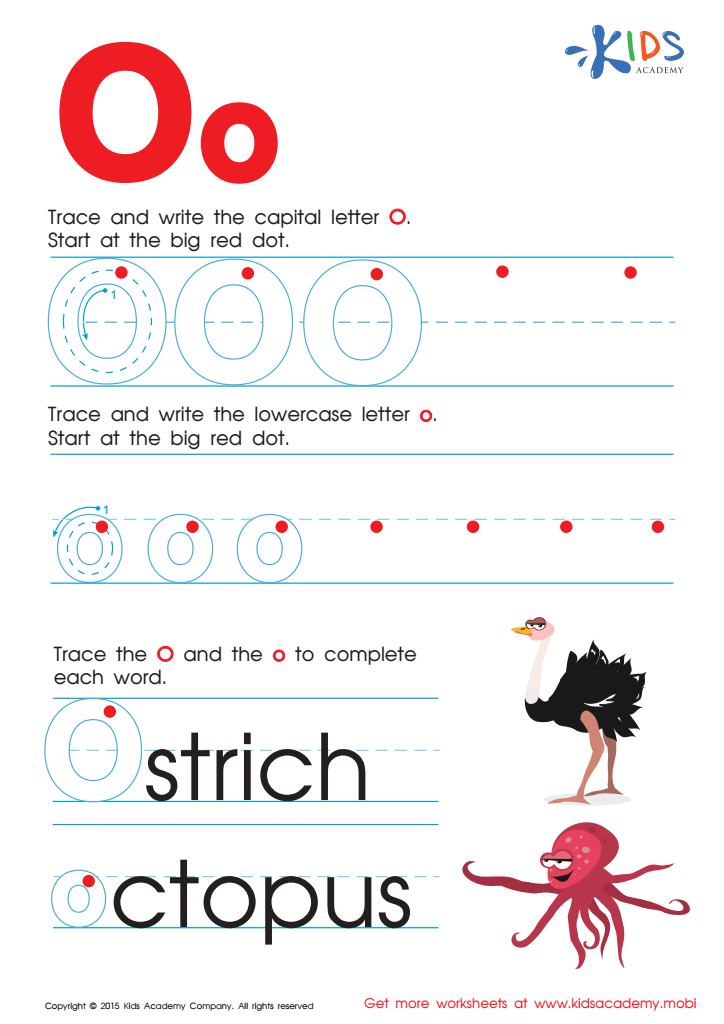

Letter O Tracing Page
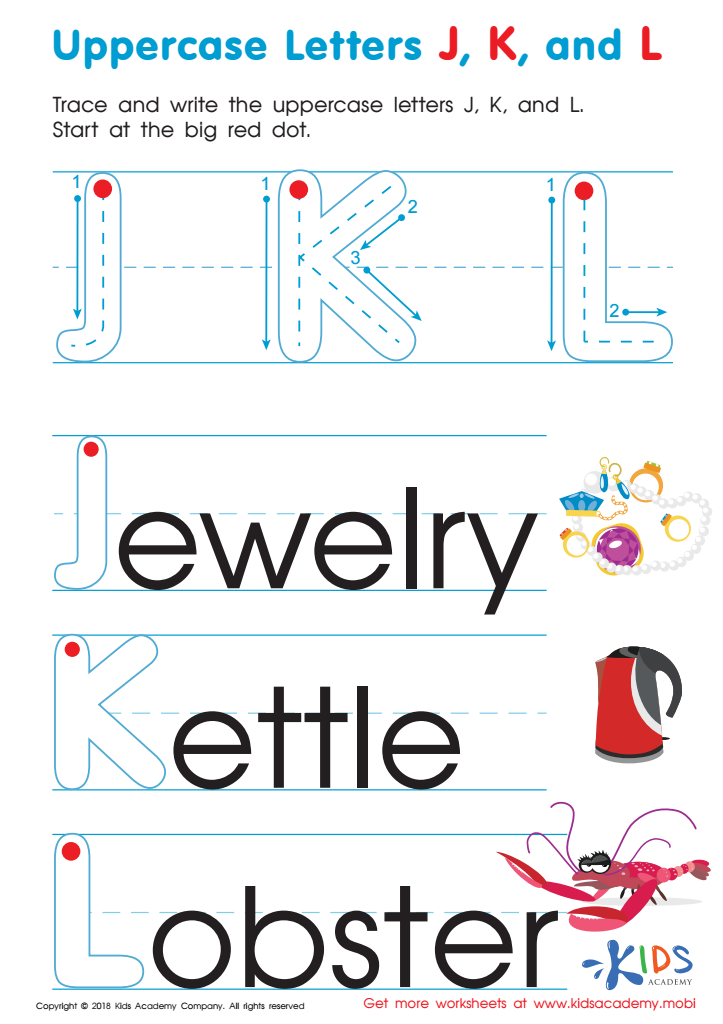

Uppercase Letters J, K, and L Worksheet
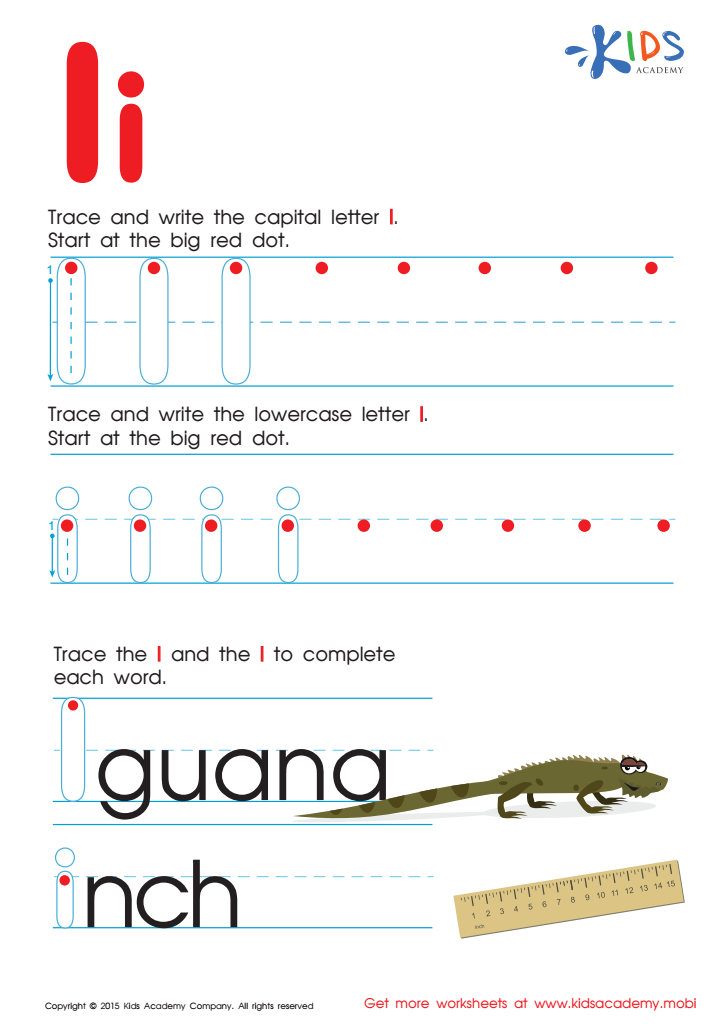

Letter I Tracing Page
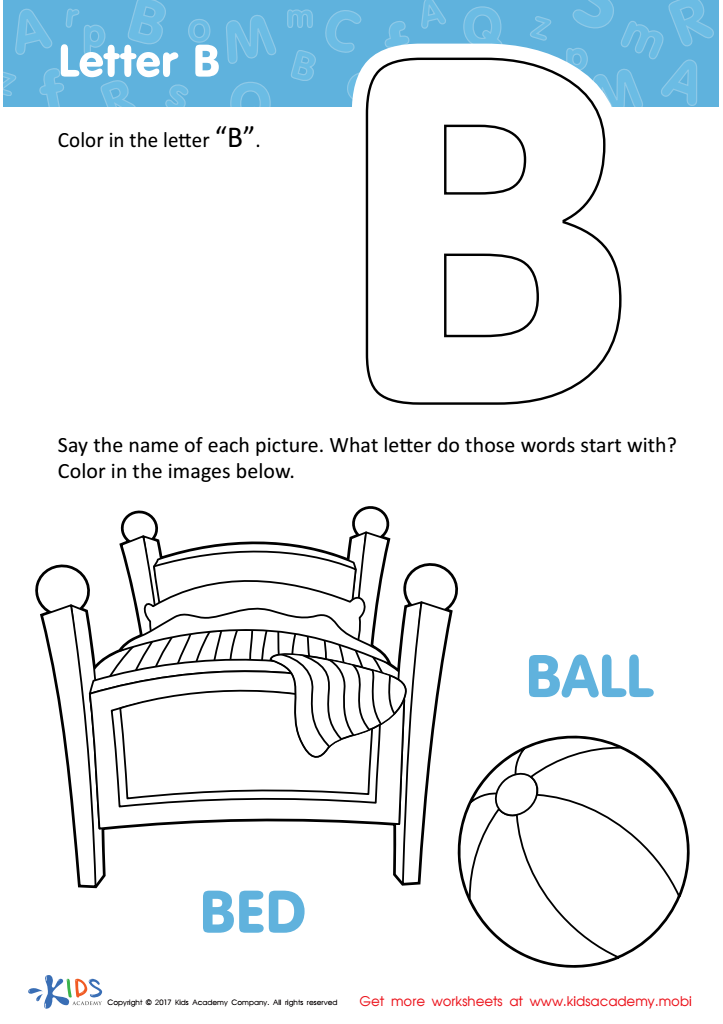

Letter B Coloring Sheet
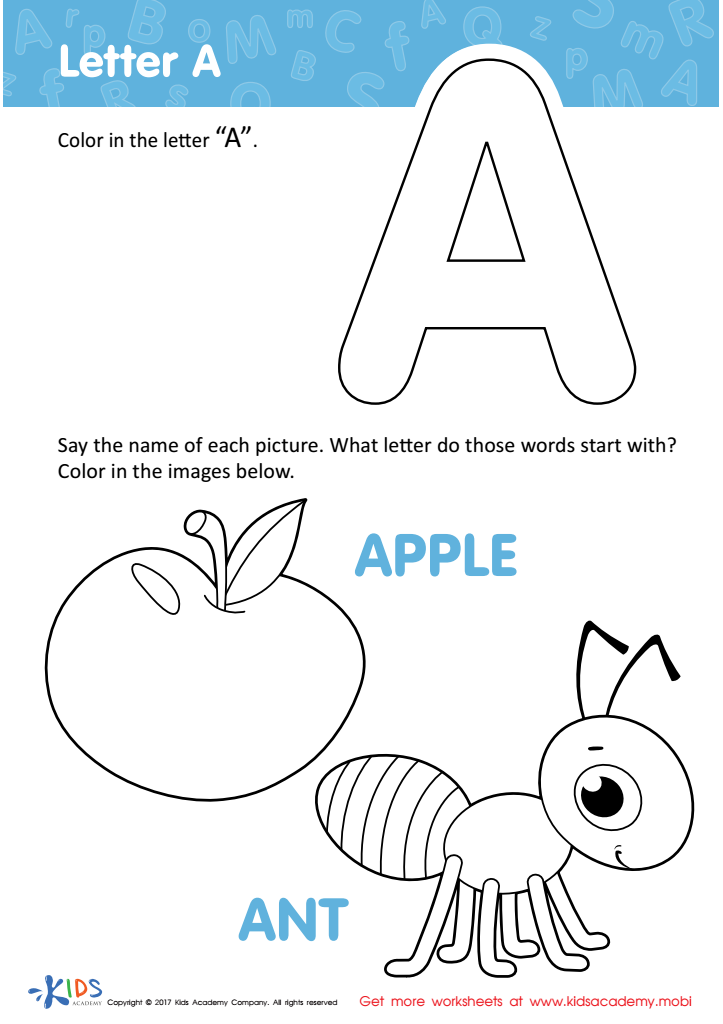

Letter A Coloring Sheet


Letter M Coloring Sheet
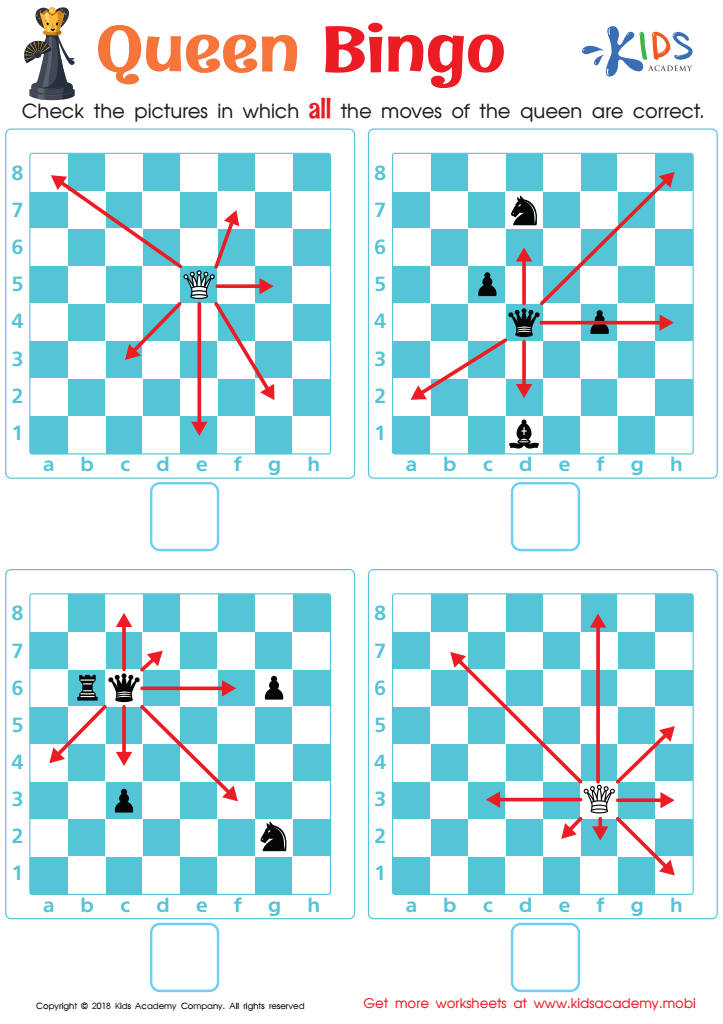

Queen Bingo Worksheet
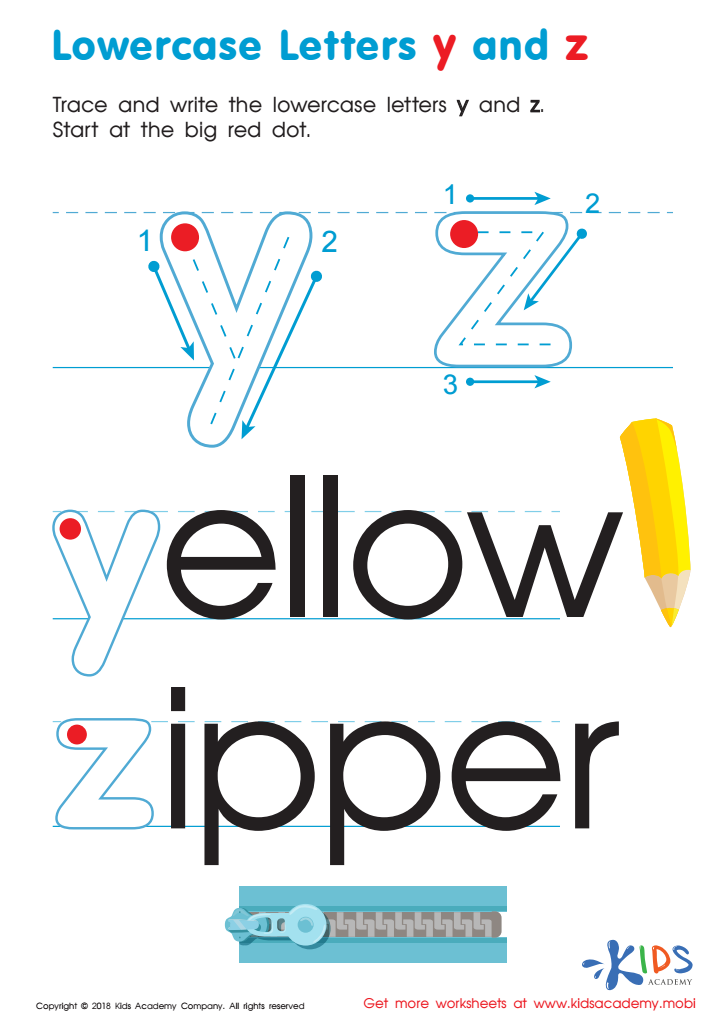

Lowercase Letters y z Worksheet
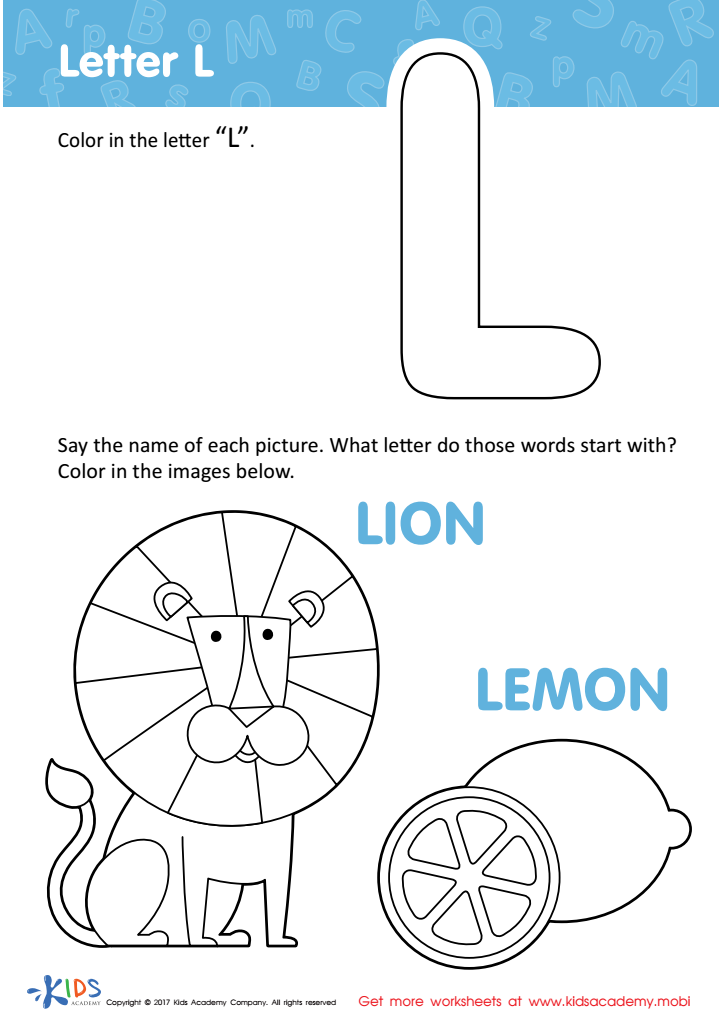

Letter L Coloring Sheet
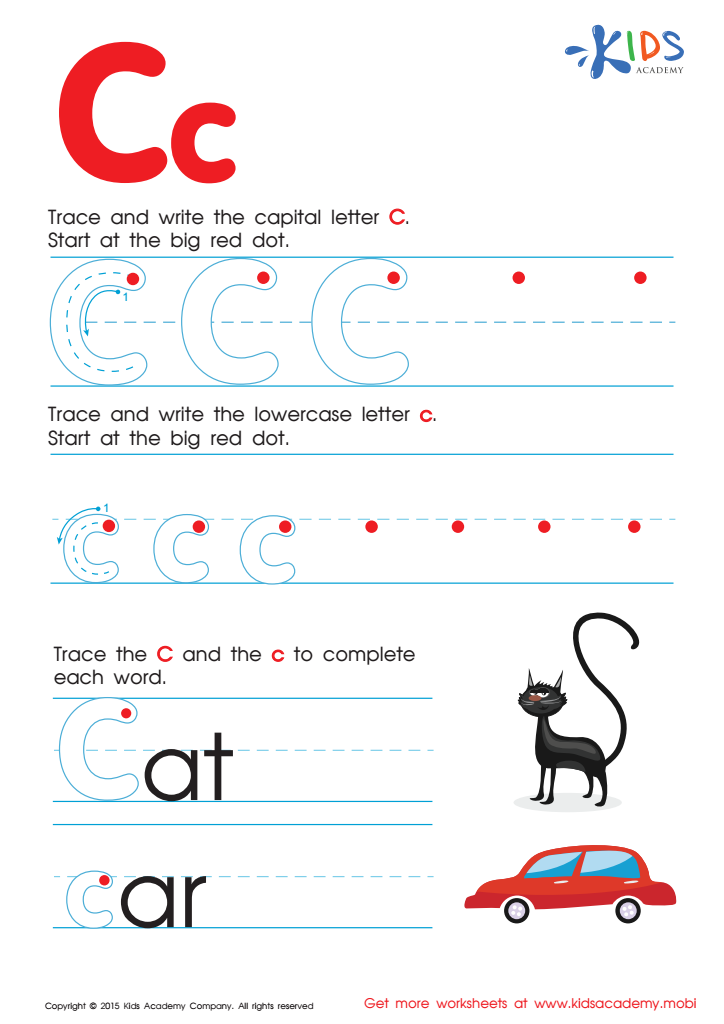

Letter C Tracing Page
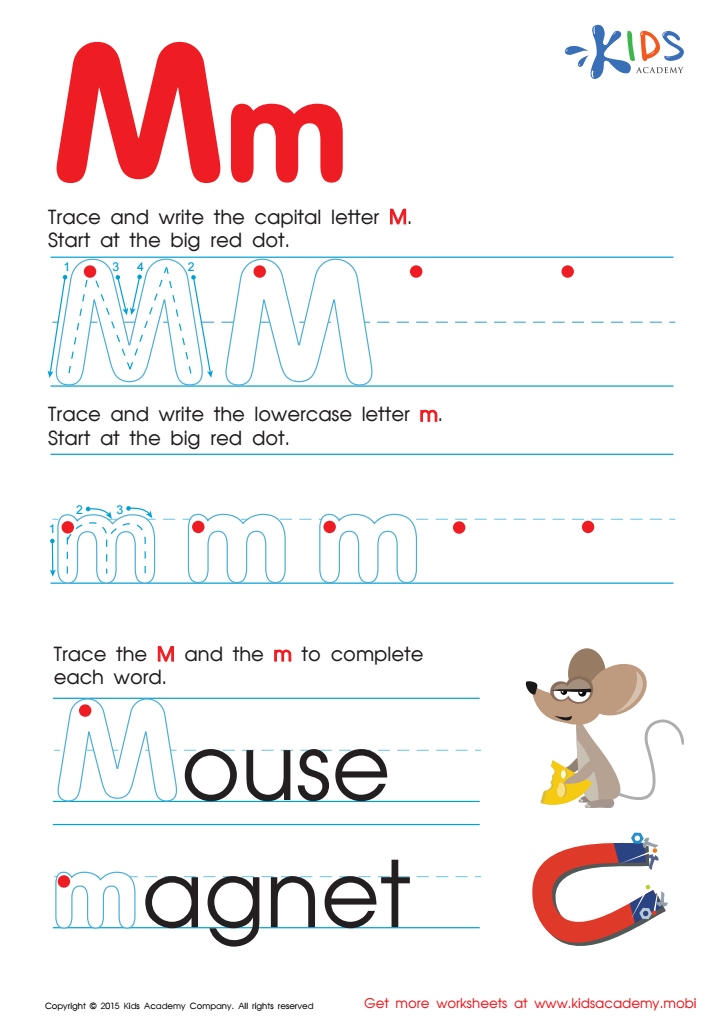

Letter M Tracing Page
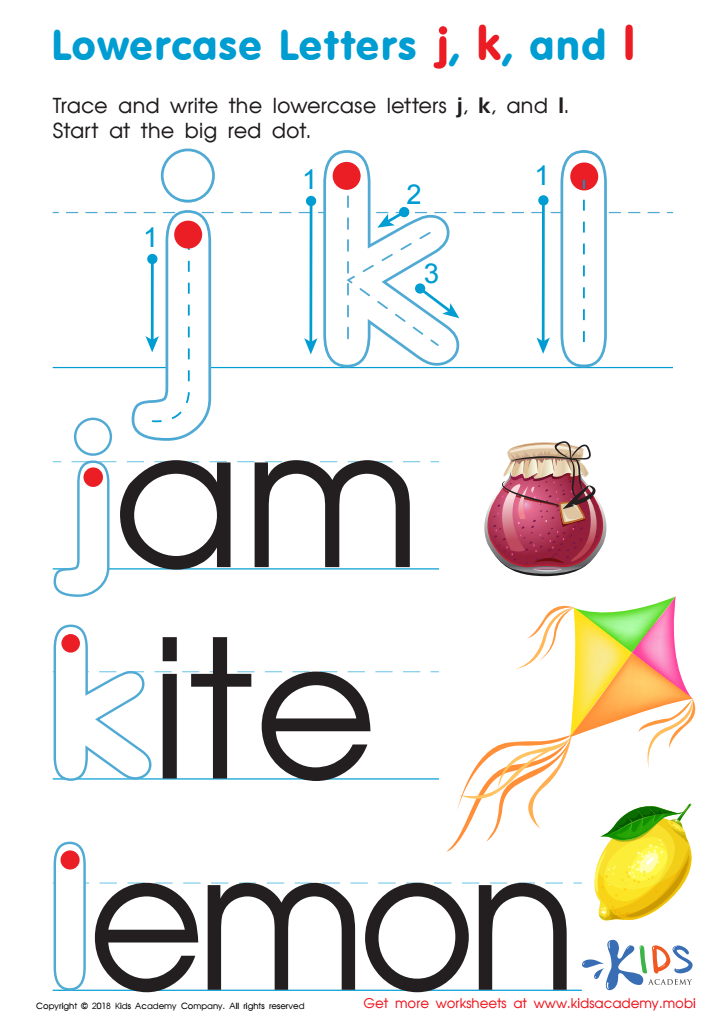

Lowercase Letters j k l Worksheet
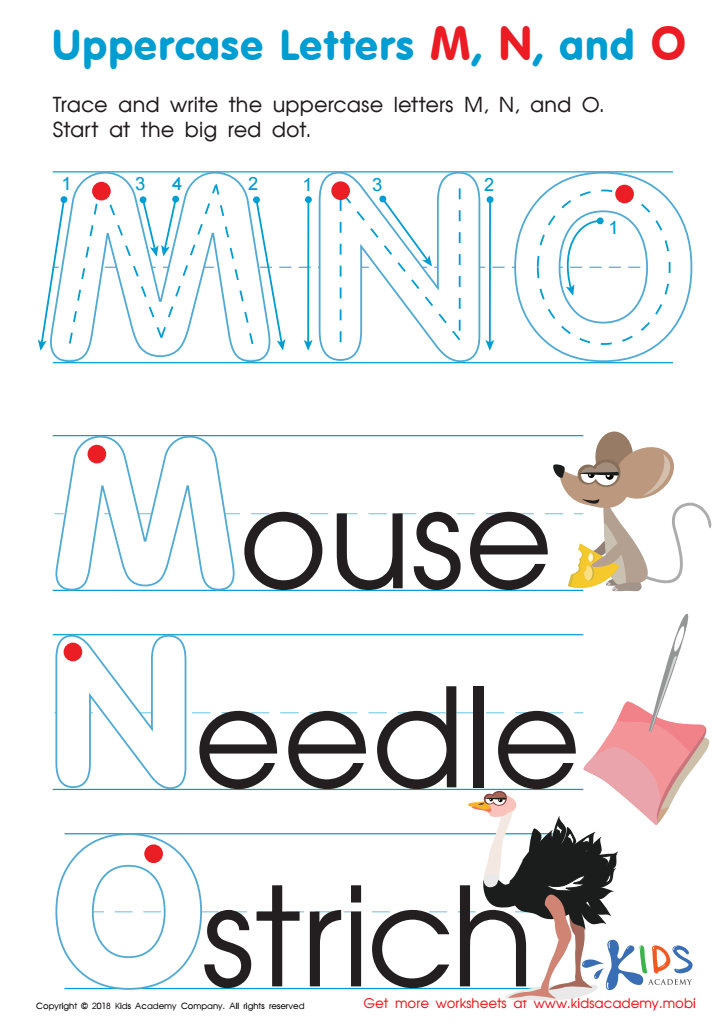

Uppercase Letters M, N, and O Worksheet
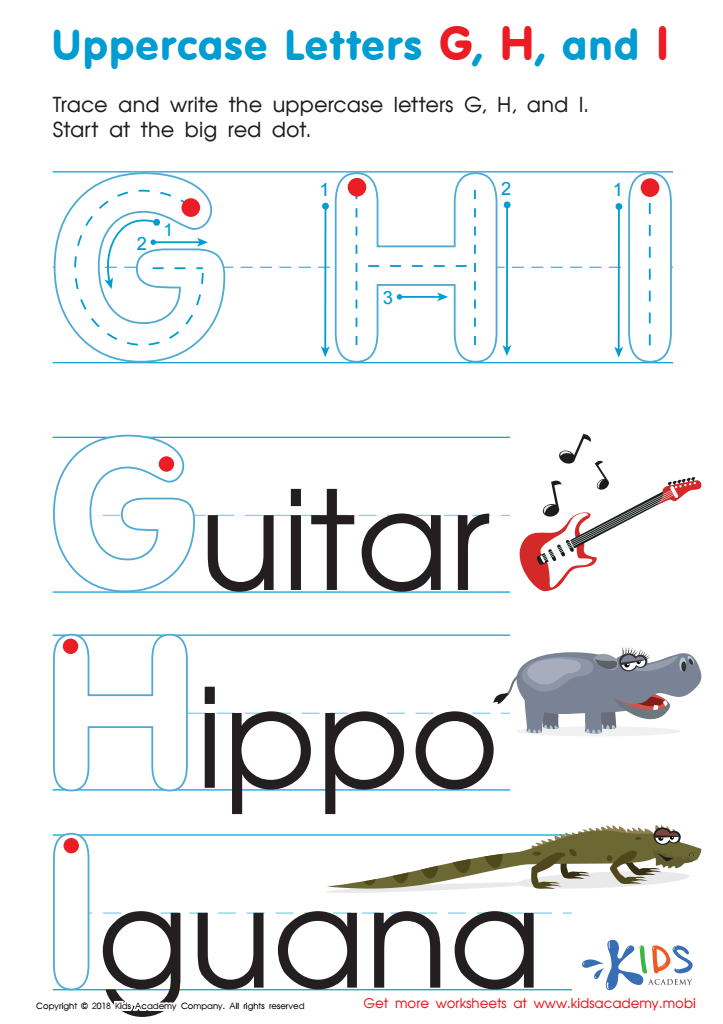

Uppercase Letters G, H, and I Worksheet
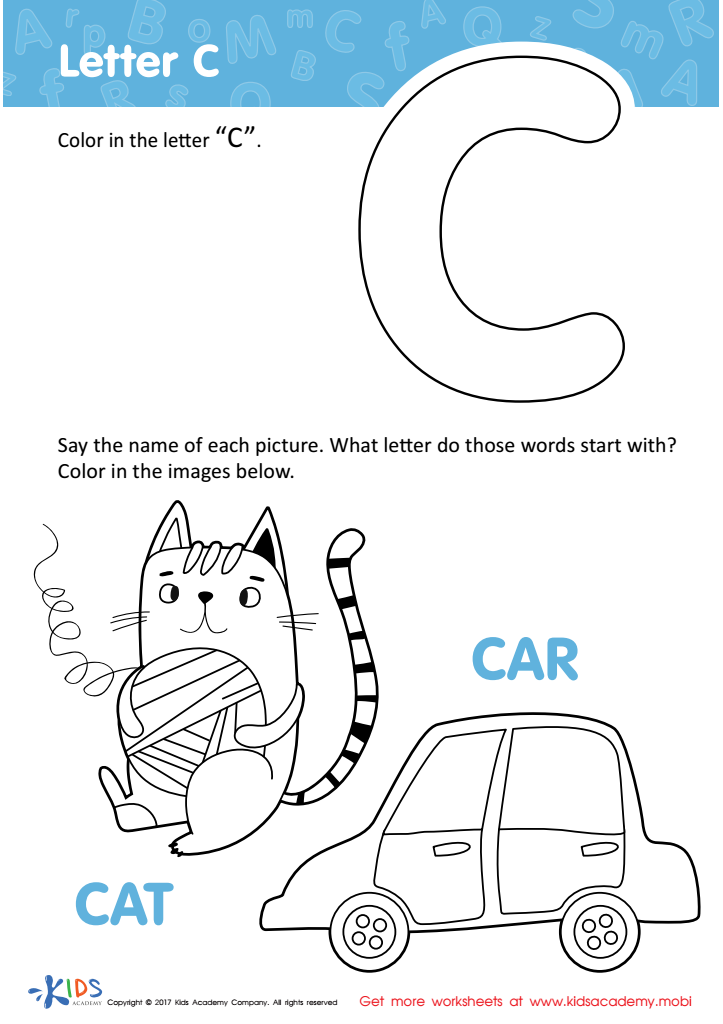

Letter C Coloring Sheet
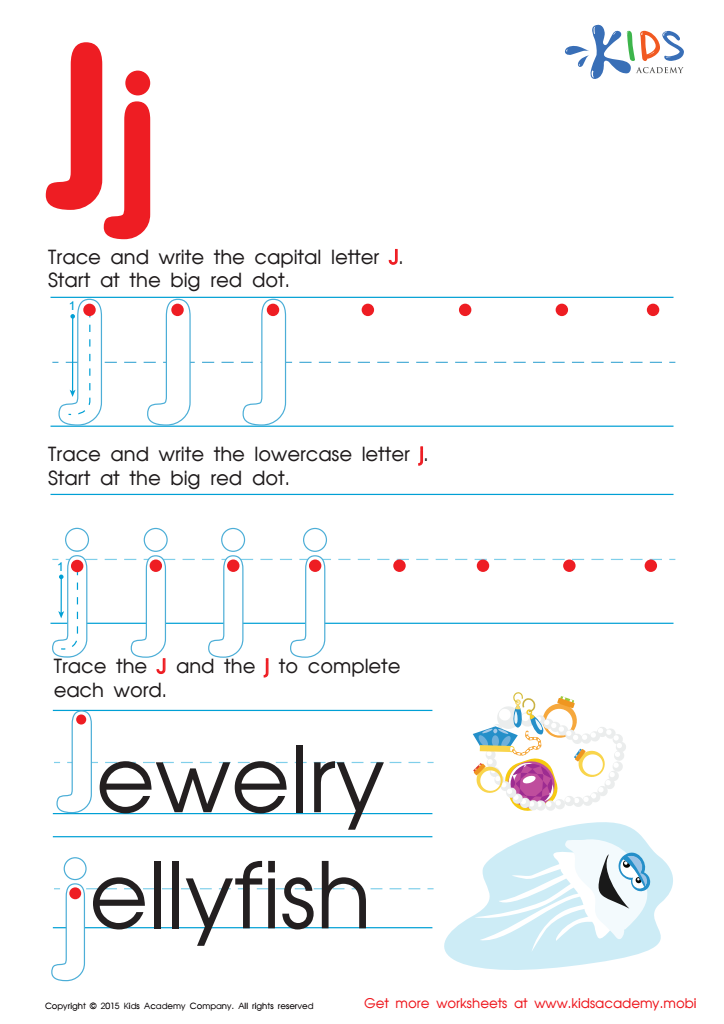

Letter J Tracing Page
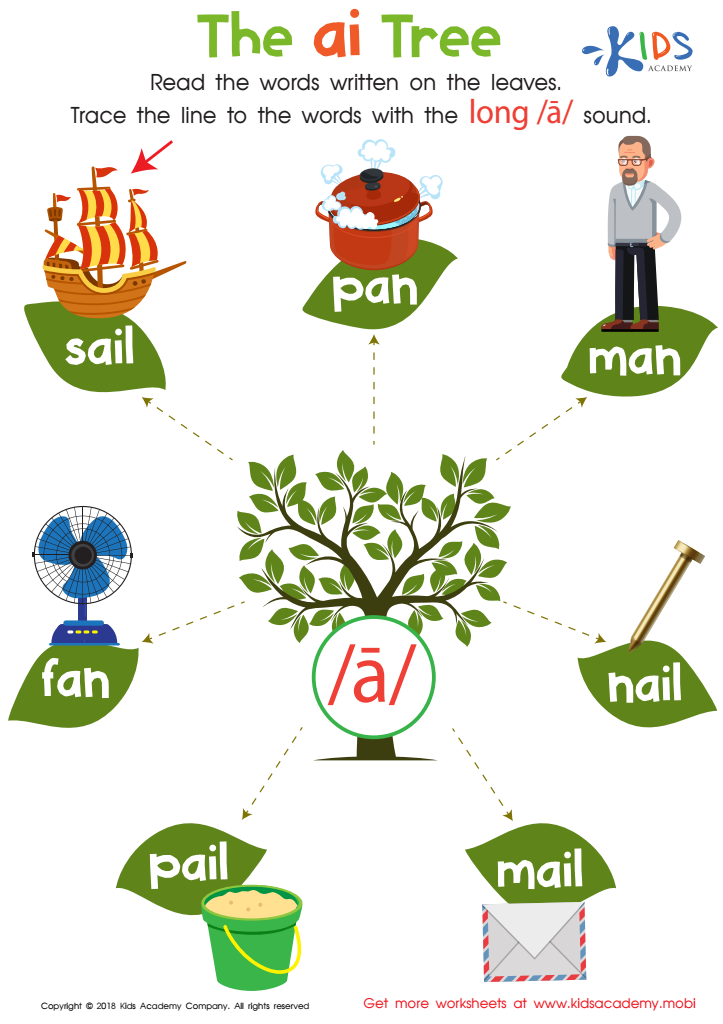

The AI Tree Worksheet


Find Uppercase Letters P, Q, and R Worksheet


Letter D Coloring Sheet
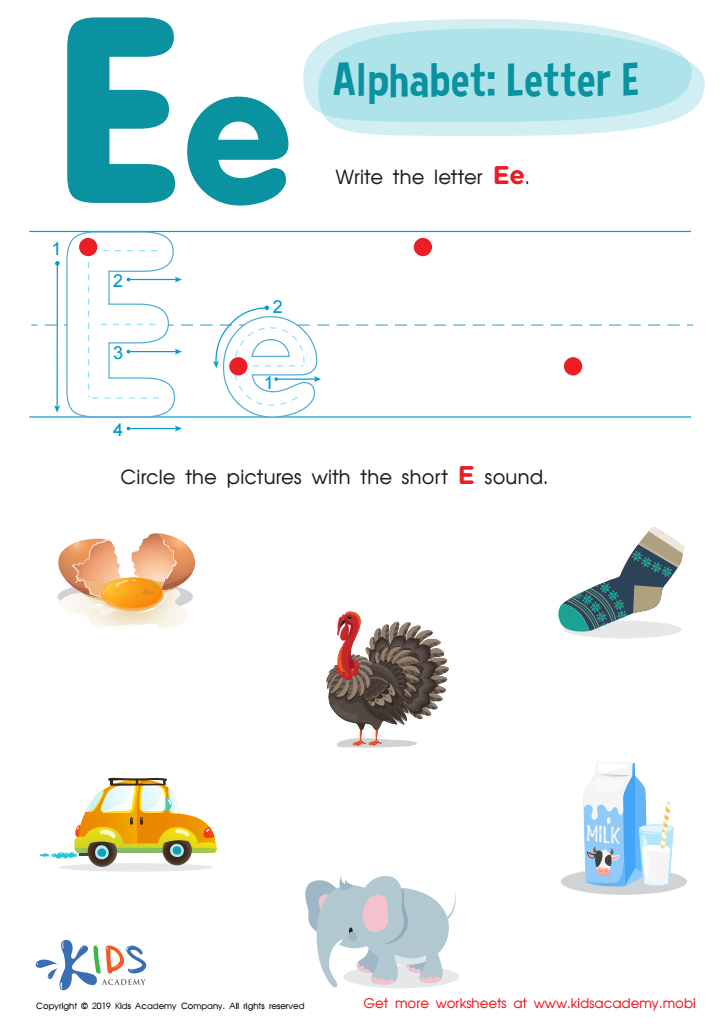

Letter E Tracing Worksheet
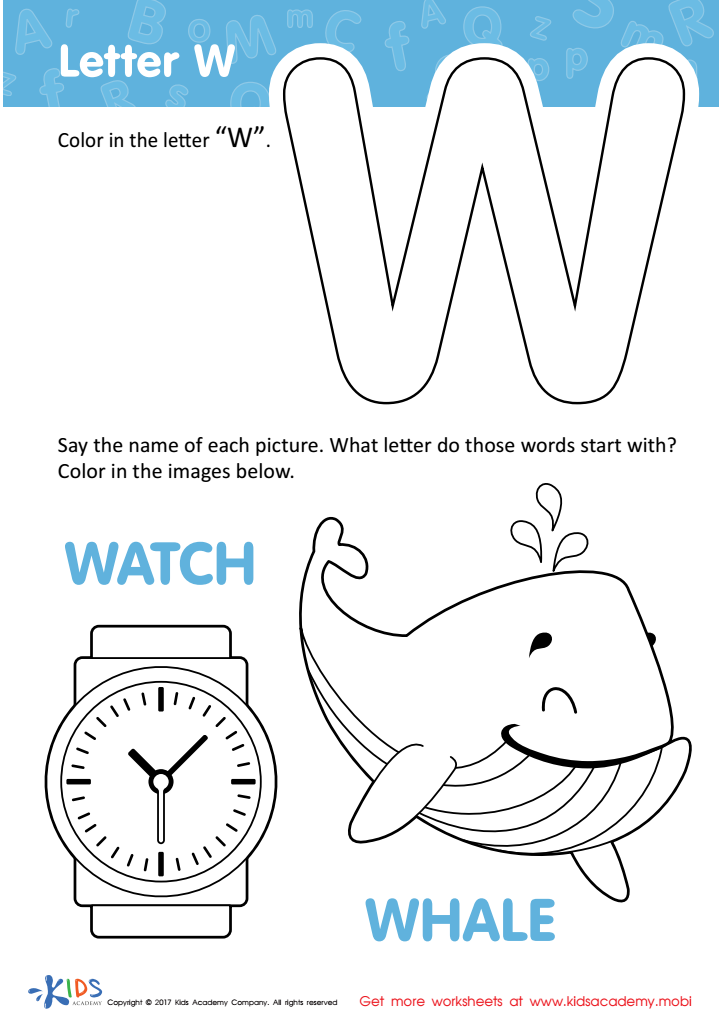

Letter W Coloring Sheet
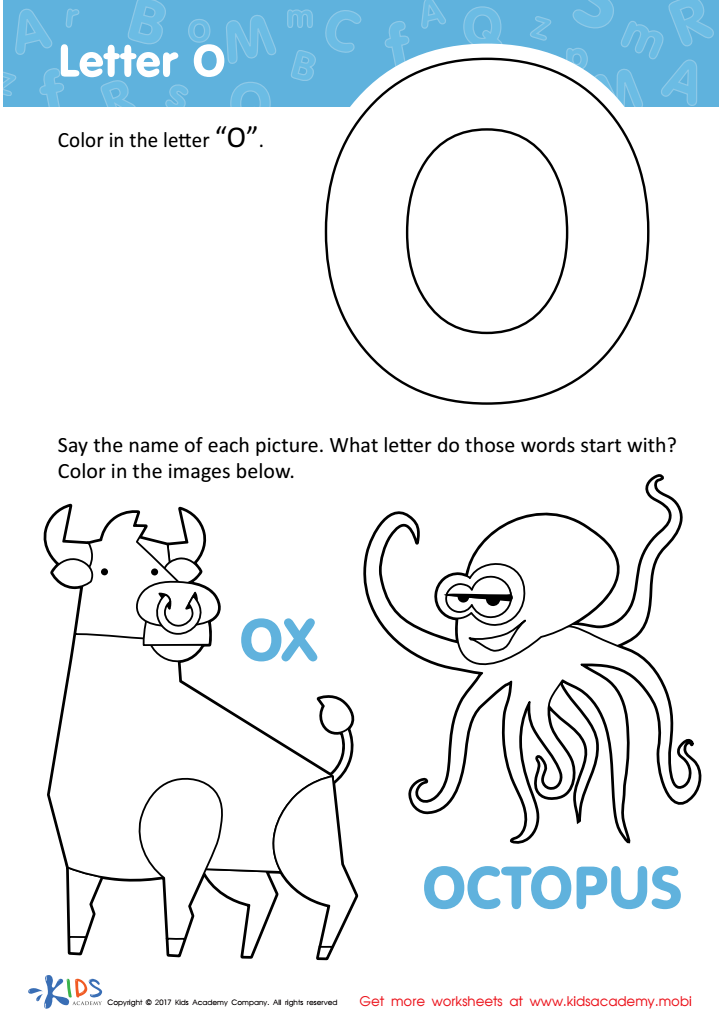

Letter O Coloring Sheet
Alphabet recognition is a fundamental skill for children aged 6-9, forming the bedrock of their literacy development. At this critical stage, their ability to recognize and become familiar with letters is crucial for several reasons. Firstly, it accelerates their reading proficiency. Children who can effortlessly identify letters will find it easier to decode words, understand text, and enhance their reading fluency. This, in turn, builds their confidence and fosters a love for reading.
Secondly, alphabet recognition is closely linked with writing skills. Children learn to associate letters with their corresponding sounds and shapes, making it easier to compose words and sentences. This hones their handwriting, spelling, and overall written communication skills, all of which are pivotal for their academic success.
Additionally, this skill supports cognitive development by enhancing memory, attention to detail, and pattern recognition. As children sort, categorize, and differentiate between letters, they develop critical thinking abilities that transcend language arts and benefit other subjects as well.
Furthermore, early alphabet mastery can curb potential literacy issues. Identifying and addressing difficulties in children's letter recognition early on allows for timely intervention, preventing struggles that could impede their future learning. Therefore, parents and teachers should prioritize alphabet recognition to ensure a strong educational foundation for young learners.
 Assign to My Students
Assign to My Students



